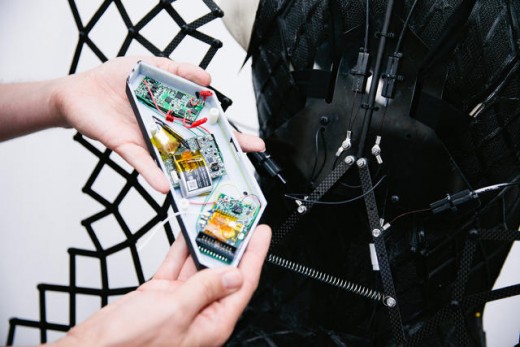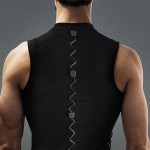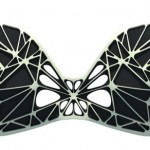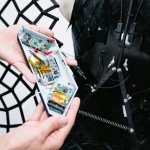Intel And Chromat Engineer A Breathable, shape-shifting sports Bra
Responsive design is changing into the norm for on-screen interfaces. but what about for our clothes?
September 15, 2015
Becca McCharen, CEO of the style label Chromat, thinks the solution for uncomfortable, ill-becoming attire lies in making your clothes reply to your body just as simply as a webpage adapts to a smartphone or desktop reveal.
“i feel someday, everybody can have a body scan, purchase the recordsdata on-line, and print out their garments and get one thing fully customizable to their form,” McCharen says of the a long way-off, souped-up way forward for type. “the other facet of using expertise to lend a hand with fit lies in sensing your mood and what your physique is feeling to alter.”

For ny type Week, McCharen and Intel collaborated on two shape-transferring garments that use small digital units to indicate how wearable tech might upend the best way we consider attire and how our garments symbolize who we are.
“Wearables will enrich folks’s lives, and there must be a bunch of functions—it can be now not just for techies,” Ayse Ildeniz, vice chairman of the new-gadgets team at Intel and certainly one of quick company‘s Most inventive individuals in business, says of the chip maker’s excessive-model ambitions.
Chromat debuted two pieces that make the most of technical comprehend-how in modern methods: a purposeful sports activities bra that responds to adjustments in perspiration, respiration, and physique temperature, and an expressive three-D-printed carbon-fiber costume that morphs according to the wearer’s adrenaline levels.
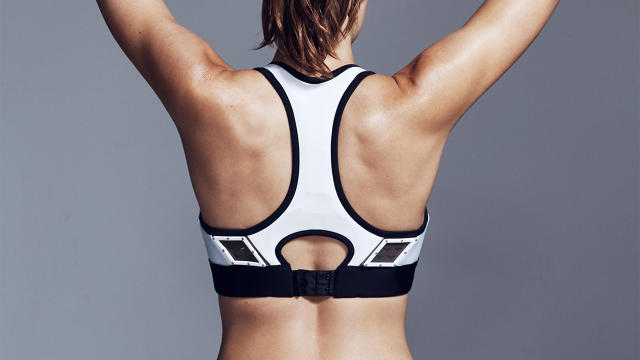
“I recall to mind Chromat as structural experiments for the body, and that i view the pieces I design as scaffolding for the body,” McCharen says. Exploring the formal potentialities of lingerie has lengthy been a creative ardour of McCharen’s on account that it can be worn so closely to the body—like Chromat’s Bionic LED Bra—but this additionally makes it smartly fitted to technical experiments, like those she’s pursuing right here.
“Lingerie is so just about the skin that it will probably capture essentially the most knowledge—it can be a data reading computing device.” McCharen says. “We started speaking about the entire alternative ways it may be good.”
for a lot of women, discovering just the right bra is a near-impossible feat because every body is shaped another way and would not hew to producers’ sizing. McCharen thought of methods to make the actual structure of the garment more comfy. To that finish, she embedded Intel’s not-yet-for-sale Curie module in the Aeros bra, which is constructed from Lycra, neoprene, mesh, and a 3-d-printed carbon-fiber body that may experience warmth and sweat and opens vents to assist cool the wearer down. think of it like rolling down your automobile’s window when it will get too hot inside of or like kinetic structure, but at the human scale (sweaty breasts, begone!).
The Adrenaline costume works in a an identical means, except its technical attributes are about expressing thoughts: The garment’s construction expands into a stated hourglass shape when the wearer is happy. both use a an identical three-D-printed construction and good judgment, however exhibit the creative possible of the Curie module. while the gown is more of an artwork-of-model scan, the digital bra is something women may put on everywhere city in 2015.
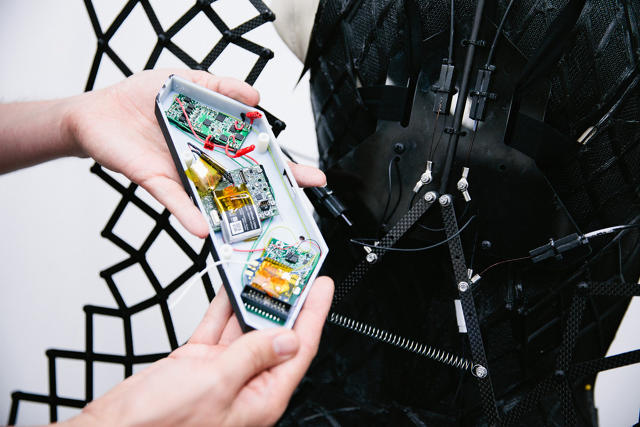
“We’re nonetheless in that exploratory section that we as an industry need to obtained via,” Ildeniz says, noting that the challenge could be very so much an experimental train. “this is the proof of concept we’re seeking to present.”
McCharen says that from the craze designers’ angle, versatile material development will be the subsequent step in incorporating the know-how into something that may be worn every day. while materials are stretchable, electronics—like the chips and the soldering—are inflexible. still, that does not deter her from dreaming up designs. “i really like being a mad scientist and fascinated about loopy new concepts,” she says.
fast company , learn Full Story
(121)

